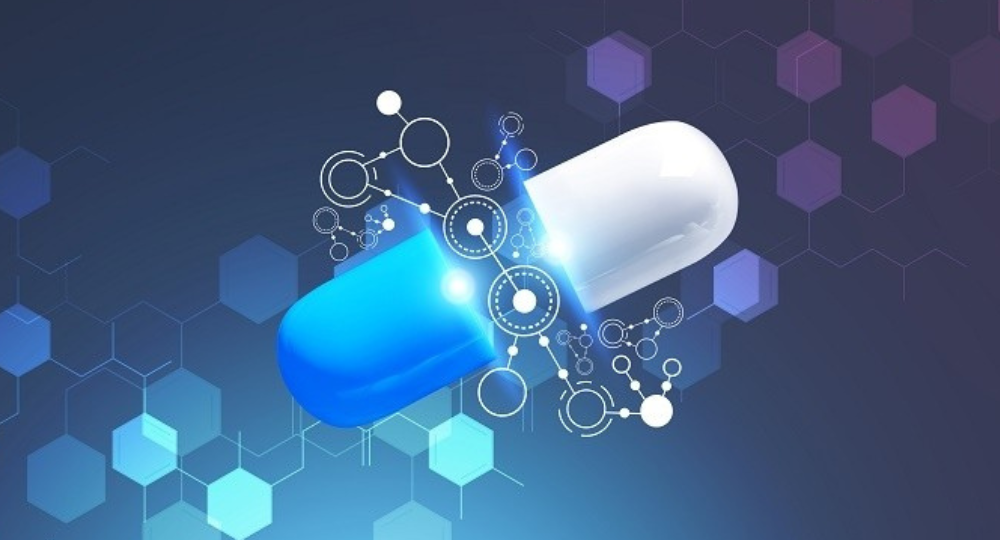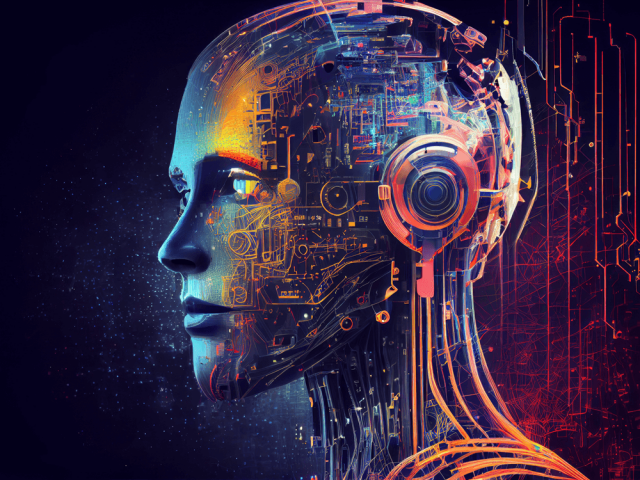
Insight by: Debbie Lin
In recent years, the field of artificial intelligence (AI) has been making waves across various industries, and one area where it’s creating a significant impact is drug discovery. This week, Xaira, a new company co-founded by Dr. David Baker from the University of Washington, secured a staggering one billion US dollars in funding. Backed by Foresight Capital and Arch Venture Partners, Xaira aims to revolutionize drug discovery using cutting-edge AI techniques.
Pioneering Beginnings
Before we delve into Xaira’s groundbreaking efforts, let’s rewind to some key recent milestones in the AI-driven drug discovery landscape:
- DeepMind (2010) and Alpha Fold (2021): DeepMind’s Alpha Fold made headlines by predicting protein structures with remarkable accuracy. This breakthrough laid the foundation for AI’s role in understanding biological processes. Other companies in the same vein that use molecular dynamics—how small molecules interact with a protein of interest include Nimbus Therapeutics, Schrödinger, and Relay Therapeutics
- Recursion: An early entrant in this field, Recursion Pharmaceuticals went public in 2021. It runs experiments to generate data that they then interrogate to gain biological and chemical insights With three programs in Phase 2 trials targeting rare diseases, Recursion exemplifies the potential of AI in identifying novel therapeutic candidates. Another similar company that, includes Exscientia.
- Iambic Therapeutics: With four programs in the running, the company raised a 100 million Series B, in the Fall of 2023 and partnered with NVIDIA. Iambic combines physics-based insights that are then augmented with data to make better predictions.
- Genesis Therapeutics: Funded by Andreessen Horowitz and Blackrock among others, Genesis Therapeutics raised substantial capital in 2023. Its focus is on 3D spatial graph modeling + cutting-edge molecular simulation to generate novel drug candidates.
- Isomorphic Labs: In November 2021, DeepMind spun off Isomorphic Labs, led by Demis Hassabis himself which recently announced strategic collaborations with Novartis and Eli Lilly worth potentially billions. It’s mission? To decode complex biological interactions using AI.
- Insitro: Founded by Daphne Koller, a renowned AI/ML researcher and serial entrepreneur, Insitro is aggregating massive data sets and using machine learning to power drug discovery. Insitro is reportedly valued at a staggering $2.4 billion.
- NVIDIA’s Bet on Healthcare: Around 2015, NVIDIA’s CEO, Jensen Huang, recognized the potential of deep learning in healthcare. What started as educating Pharma about AI’s capabilities evolved into a powerful platform deeply embedded in the pharmaceutical and healthcare industry. Their Inception program is a stellar technological toolbox. NVIDIA has build several partnership with AIDD companies.
Advantages of AI in Drug Discovery (AIDD)
Clearly, there are tremendous advantages in the use of computing and AI in AI-driven drug discovery (AIDD) below are only a few examples of the capabilities of the companies mentioned above:
- Combinatorics and computer based drug design: The power of computing and generative AI lies in its ability to explore vast combinatorial spaces and use physics and chemical properties to model how a molecule might fold and bind with a “target” to inhibit or activate a protein thus interrupting the disease process. AI algorithms can generate an abundance of potential drug candidates, significantly expanding the top of the funnel while being more precise based on certain chemical and physical properties. This computational prowess enhances target drug discovery.
- Filtering Based on Pharmacological Features: Once a pool of drug candidates is identified, AI can filter and sort compounds based on specific pharmacological properties. Questions arise: Does it cross the blood-brain barrier or cellular membrane? Is the molecule too large? Is it charged? Is it likely toxic to the liver? What are the kinetics or how fast does it move through the body? For instance, a drug’s lipophilicity (the ability to cross cell membranes) is crucial for drug absorption. AI algorithms can identify molecules with optimal druggable profiles, streamlining the selection process.
- Monitoring Experimental Response via Pattern Recognition: As the set of molecules narrows down to potential druggable compounds, they need testing in the lab—either in cells (in vitro) or in animals (in vivo). AI can quickly analyze experimental results by recognizing patterns in images. For example, robots and AI can process thousands of permutations of drugs tested in cell samples, analyzing cellular or organ-level responses at different time points. Questions arise: What is the level of toxicity? What’s the level of efficacy?
- Simulation and Prediction: While AI enables sophisticated simulations and predictions in novel chemical synthesis, protein folding and analysis of cellular systems, outside of that, there has been a recent surge in the use of AI to model complex systems in human disease and populations. Development of digital twins for example, (for more see my article on digital twins) through analysis of vast amounts of genomic and other -omic information coupled with real world health data creates the opportunity look at health outcomes from a disease and population systems perspective.
Limitations
Despite AI’s prowess, it isn’t able quite yet to reliably predict even how tiny organisms such as e-coli will respond to environmental stimuli outside of a highly controlled environment. The above capabilities provides greater and more intelligent number of shots on goal. At this stage, scientists still need to test the drugs in animals and humans. Phase 3 clinical trials in humans with the disease of interest can take many months to run the trial. This is the reason that AIDD companies continue to invest heavily in laboratory infrastructure.
The human body remains a complex black box with countless unknown variables. Despite AI’s prowess, we still need wet lab experiments to validate hypotheses and understand biological mechanisms. Animal and human clinical trials are still tremendously expensive and time consuming.
The Road Ahead
The better we are at adopting and optimizing the use of technology to power drug discovery and clinical trials the faster and better we will be at unlocking the mysteries of human health and disease. In summary, AI is a powerful ally in the quest for new medicines, but it’s not a magic bullet. The future lies in a harmonious blend of AI-driven insights and traditional wet lab experimentation. Collaboration, innovation, and a deep understanding of both biology and technology will pave the way for groundbreaking discoveries.





